How To Treat Mandibular Fracture In Cat
Mandibular fracture in cats is a common veterinary concern. This problem often results from trauma, such as road traffic, accidents, and falls or fights.
Cats have a very flexible structure, but they tend to break their bones too. Many complexities often make it challenging for veterinarians to understand and deal with the exact broken structure.
Therefore, this article will delve into the treatment of mandibular fracture and information content for veterinarians to make their experiences with such cases smoother.
What is Mandibular
Before jumping to the treatment of mandibular fracture, it is important to take a moment and have an overview of the cat’s anatomy. A mandible is also known as the lower jaw.
This is a significant part of a cat’s mouth’s internal area. For good oral health, a prompt diagnosis is a must, and effective treatments are also essential for optimal recovery and well-being.
Understanding the Anatomy
The mandible is a complex bone that comprises the two halves with a joint at the symphysis. It houses the lower teeth and articulates with the skull at the temporomandibular joint.
Moreover, fractures are likely to happen around this area with the mandible, including symphysis, body, ramus, and condyle. The animal's anatomical structure can be complex. When it comes to small animals such as cats, it gets even more complicated.
Thus, veterinarians must keep studying and keep up with it to upgrade their knowledge and learn about the latest happenings.
Signs and Symptoms
Following are the signs that could lead to a possible mandibular fracture that the veterinarian should look out for to make a final diagnosis.
Oral Pain and Discomfort
If the cat has a problem with difficulty chewing, drooling, or pawing at the mouth, this could be one of the mandible fracture symptoms.
Facial Swelling and Deformity
Visible swelling or asymmetry of the face can also be a clear sign of mandibular fracture.
Malocclusion
If you notice the misalignment of the teeth due to jaw displacement of the cat pet brought to you, this can also lead to mandibular.
Difficulty Eating and Drinking
The veterinarian should check if the cat has eating and drinking problems or if the cat jaw is stuck. The cat could have been experiencing the following;
- Loss of appetite
- Weight loss
- Dehydration
Open Wounds
In case of severe injuries and trauma, there could be visible signs of fractures.
Blood Coming Out of the Nostrils or Gums
If the cat is brought in a condition where it's bleeding or the blood is coming out of the nostrils or the gums, this also indicates a broken jaw.
Neurological Signs
There are many different signs veterinarians should be able to catch for mandibular bone fracture. These are neurological signs. Fractures can involve the mandibular nerve, often leading to facial nerve paralysis.
Diagnosis
After catching up on the most common signs of the mandibular fracture, working on the diagnosis right away is essential.
Thorough Physical Examination
Physical examination is the most crucial part of the diagnosis. Veterinarians need to examine the cat thoroughly. Moreover, a comprehensive oral examination must also assess and evaluate the extent of the injury and fracture.
Radiography
Once the veterinarian gets an insight into the injury, radiography is a must to get internal insight.
There could be two ways to conduct it;
Computed Tomography (CT) Scan
CT Scan is one primary method to get a clear insight into the cat's jawbone and its injuries. It provides high-resolution 3D images, allowing for precise localization, and helps evaluate the fracture complexity.
Intraoral Radiographs
These provide a detailed image of the teeth and their surrounding bones.
External Radiographs
These radiographs offer a broader view of the mandible and surrounding structures.
Treatment Methods
Certain treatment options can be followed to fix the mandibular bone.
Conservative Management
The first and foremost method to do it is conservative management.
It involves a limited application. Moreover, it is considered when there is a minor and stable fracture with minimal displacement.
Furthermore, a soft food diet, pain management, and close monitoring are maintained in this process to ensure that the cat is not in pain.
Surgical Intervention
There are different surgical methods that are adopted to treat a fractured mandibular and cat jaw bone. The treatment may also differ from the surgeon’s choice of treatment and the amount of the fracture broken.
The choice of surgical technique will depend on various factors, including:
- Location and severity of the fracture.
- The cat's overall health and age.
- The surgeon's expertise and available equipment.
Surgical Procedure
Surgical intervention is the most common approach. It aims to restore the proper occlusion.
While exploring the surgical method, we know that the most common approach targets restoring the proper occlusion and stabilizing the fractured bone.
Techniques of Surgery
This process involves the following techniques.
Plate and Screw Fixation
The first process involves plating and fixing of the screw. It provides excellent stability and is very suitable for most mandibular fractures.
Wire Cerclage
This is a rather simpler technique and is also stable for complex fractures. Not all fractures involve in-depth surgery. A little broken or fractured part can get healed with the help of the wire cerclage.
External Fixation
The external fixation is evident for severe comminuted fractures when the fixation is not feasible and provides balance. To maintain it well, opting for external fixation is crucial.
Plate and Screw Fixation
This basic and important method involves the following
- Surgical exposure of the fracture site.
- Precise reduction and alignment of the bone fragments.
- Placement of small, biocompatible plates and screws to stabilize the fracture.
Advantages of The Plate & FIxation
- Provides strong and rigid fixation.
- Allows for early return to function.
- Minimizes the risk of malunion.
Disadvantages
- Requires specialized surgical expertise.
- Could be technically more challenging in certain locations.
If you want to gain more knowledge on different types of cat surguriesit is recommended to read this blog.
Wire Cerclage
A simpler technique involves placing a wire around the mandible to stabilize the fracture. It is particularly suitable for simple, stable fractures, particularly in the symphysis region.
Advantages:
- Relatively quick and easy to perform.
- Less invasive than plate and screw fixation.
Disadvantages:
- It may be less stable than plate and screw fixation.
- It involves an increased risk of fracture displacement.
External Fixation
It is used in complex cases, such as comminuted fractures, where internal fixation is not feasible.
This process involves;
- Placement of pins through the mandible and into the surrounding bone.
- An external fixation device is attached to the pins to stabilize the fracture.
Advantages
It can provide stable fixation in challenging cases.
Disadvantages
- It can be more cumbersome for the cat.
- Also, it requires careful monitoring to prevent infection and skin irritation.
Post-operative Care
A good and monitored post-operative routine is also essential to maintaining good care and treating the mandibular well. The veterinarians should counsel their pet parents to take proper care of the cat. Any negligence can complicate the process.
They can primarily follow work on these areas.
Pain Management
Pain management is extremely crucial, especially for a small animal such as a cat. The veterinarians can conduct sessions with their pet parents to ensure they understand how to handle a cat getting treated for a mandibular fracture.
They should work on
- Crucial for comfort and recovery
- Medications such as NSAIDs, opioids, or a combination.
Nutritional Support
Veterinarians should ensure that they provide their cats a good nutritional value. The pet parents should be advised of this. As it is about a cat broken jaw, she can barely digest the food.
Therefore, veterinarians should prescribe the diet accordingly.
They should focus on
- Soft or liquid diet
- Hand feeding if necessary
To Sum Up
Veterinarians often find it challenging to deal with a mandibular fracture in cats. Different types of fractures in a cat’s jaw can require different treatments depending on the seriousness of the injury. Therefore, veterinarians have to be vigilant and careful while dealing with them.
If you as a veterinarian have to struggle with certain veterinary problems, Vet and Tech is a reliable platform that helps veterinarians upgrade their veterinary knowledge. They intend to guide veterinary specialists with modern health care and techniques with different webinars, latest veterinary conferences, and free courses.








